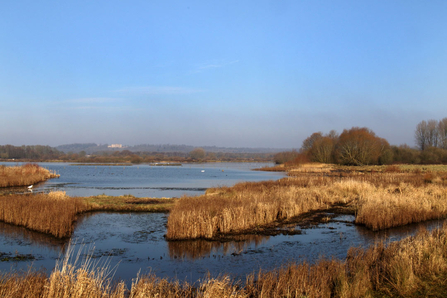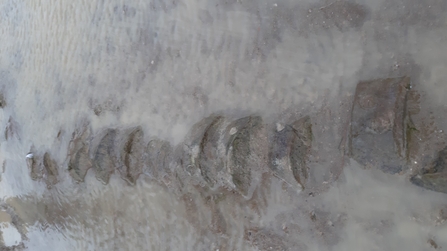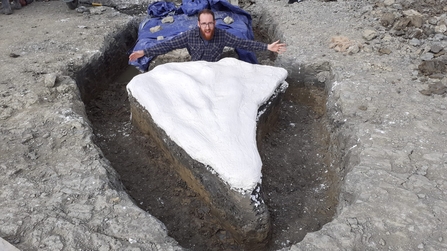As I was making myself some breakfast and drinking a coffee on that cold, damp Wednesday morning back in January 2021, I was blissfully unaware that later that day I would be stumbling across the remains of a huge sea dragon that lived 180 million years ago.
At that point in time we were working in fairly abnormal circumstances due to covid restrictions and the last year had been a bit of a blur, what with various lockdowns and the complete upheaval of anything resembling ordinary life. So to try and comprehend something that was 180 million years old was not something that my brain was ready for.





